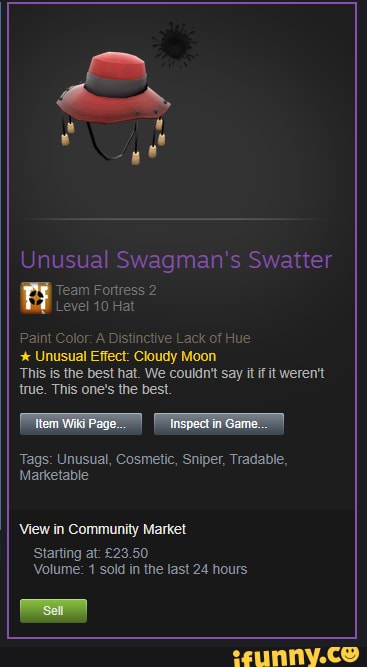

(1-6) With mechanical exfoliation, the out-of-plane cleavage reduces the thickness of layered materials down to a single- or few-atom limit, while the in-plane fracture defines the edge profile, which significantly affects physical and catalytic properties of 2D layered materials. This characteristic allows layered materials to be mechanically exfoliated into two-dimensional (2D) atomically thin layers, which have attracted intensive research in recent years because of their newly discovered physical properties. Layered materials usually have weak van der Waals out-of-plane interaction and strongly covalent in-plane bonds. More importantly, these in-plane cleavage behaviors provide a fast and noninvasive method using optical microscopy to identify the lattice direction of mechanical exfoliated 2D layered materials. With theoretical modeling and analysis, these distinct in-plane cleavage behaviors can be understood as a result of the competition between the release of the elastic energy and the increase of the surface energy during the fracture process. In addition to the well-known interlayer cleavage, these 2D layered materials show a distinctive tendency to fracture along certain in-plane crystallography orientations. Through a statistical analysis on the exfoliated 2D flakes, we reveal the in-plane cleavage behaviors of six representative layered materials, including graphene, h-BN, 2H phase MoS 2, 1T phase PtS 2, FePS 3, and black phosphorus. Mechanical exfoliation from bulk layered crystal is widely used for preparing two-dimensional (2D) layered materials, which involves not only out-of-plane interlayer cleavage but also in-plane fracture.


 0 kommentar(er)
0 kommentar(er)
